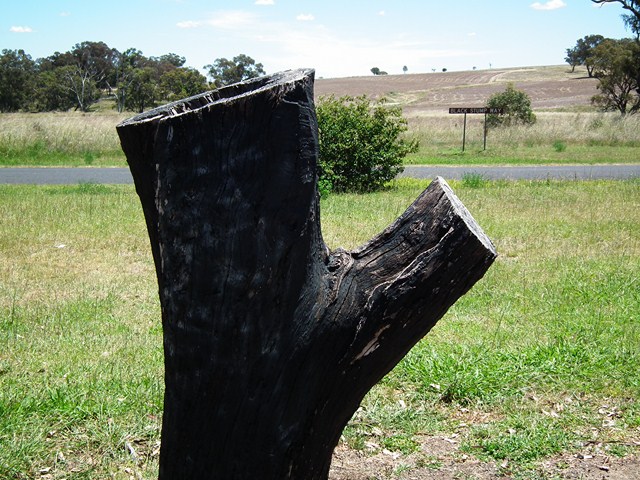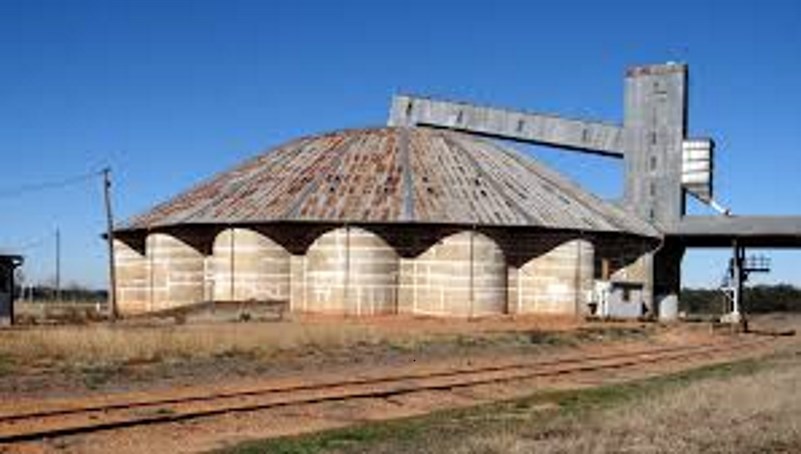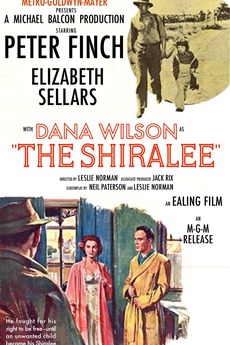Binnaway

Journey time to Binnaway is approximately 43min / distance 57km, one way.
Start on your journey to Binnaway by heading north from town on the Black Stump Way. As you are leaving town, just opposite the fuel station is a sign indicating that the Jimmy and Joe Governor passed here on the night of Sunday 5 August 1900, just prior to robbing P R Schiemers Hut at Mt. Angle and then trekking over Pandora Pass.
Continue on the Black Stump Way and you will cross Queensborough Creek. Queensborough Creek is 24 km long and runs into Botheroe Creek towards the west. It is also the name of a hill, trig station, parish and a park in Coolah as well as a large property that was initially part of the huge holding of Butheroe owned by James Vincent in the early 1800s.
A few kilometres further on, on your left, you may see the property Baladonga. This property has a handsome stone homestead built about 1880.
Next, cross Black Stump Creek, and on the right will be the Black Stump Rest Area, complete with a replica black stump. Coolah lays claim to the saying “Beyond the Black Stump” as this was the approximate location of the Black Stump Run and the Black Stump Wine Saloon – a staging post on the old Sydney stock route before entering rough country. In 1829, one of the limits of location or settlement was along the Black Stump Run. Settlers did not strictly adhere to this boundary and often let their stock graze “beyond” and vaguely described them as “beyond the black stump”. The Black Stump Wine Saloon was established in the 1860s and was destroyed by fire in 1908. The Black Stump Cemetery, located on private property has two known graves dating from 1873 and 1874.

Continue on the Black Stump Way and then turn left on to the Warrumbungles Way. There are a number of large farms, some of which are hidden behind the scrub that lines the road. Eventually you will come to the locality of Weetalibah, first grazed by William Lawson in 1829. In 1839 the Weetalibah runs totalled 48000 acres and carried 7000 sheep with six people living there. Bushrangers made an appearance here around 1850 – three Chinese bushrangers had killed a settler and were seen at Weetalibah before being caught. The first wheat sown in the district was believed to have been at Weetalibah in 1880.
Further along you will see Ulinda to the right. Although you can’t see it from the road, the property Ulinda has a homestead dating from about 1885 with twenty two rooms. In 1910 the house was set in 1 and ¼ acres of garden and the property comprised 40,000 acres and contained 20,000 sheep and 200 cattle. The woolshed is made or iron with twenty stands and in its heyday about 1000 bales of wool a year was shorn within its walls.
Just before you reach Binnaway you will see the Castlereagh River on your left. This River is 566km long and was named in 1818 by Oxley after Lord Castlereagh, Secretary of State for the Colonies. The River rises 20km west of Coonabarabran and flows eventually into the Macquarie River, 65km from Walgett.
As you enter Binnaway you will see the large domed Silos (circular concrete silo type A191) on your left. This more unusual style of silo (although a similar one exists in Gulgong), it has a capacity of 19100 tonnes and was built in 1955.

Binnaway appears a sleepy little town to the passer by, but behind the scenes it is populated by an energetic community and is definitely worth a stop to investigate more.
The name Binnaway is believed to have come from either the aboriginal word “binniaway” meaning peppermint tree or from an early run situated nearby called Benneway. Whilst pastoralists held runs in the district in the early years (William Lawson was one of the first), after the Robertson Land Act in 1861 selectors came searching for their 40-320 acre lots of crown land that they purchased at 1 pound per acre (a quarter of the price paid up front and the balance, plus interest, paid “at the selector’s convenience”). Charles Naseby was the first settler in 1869 buying 50 acres, later extended to 100 acres (this land forms part of the southern end of the current town) and the “private” village was laid out on his land in 1876.
The access to the town has thankfully been improved with modern roads – in 1886 the only way into the town was through a ‘black sticky bog of considerable depth’ or ‘down and up dangerous, precipitous tracks’.
During the 1920s Binnaway was a bustling railway town acting as a vital transport link ferrying timber, grain and iron ore from rural NSW to coastal markets. At its peak, over 20 steam locomotives would come through the town. When diesel overtook steam in the 1960s much of the steam infrastructure was not needed and by 1975 passenger services ceased. Binnaway is now a terminus of the branch line and has limited use. A railway signal tribute has been erected in the main street to celebrate the town’s association with the railway.
Binnaway’s claims to fame are: it was the location for much of the film ‘The Shiralee’ made in 1956 starring Peter Finch; local boy Jack Renshaw became NSW Premier (1964-5) (the main street is named after him) ; and was home to Frank Bourke’s famous White Rose Orchestra.

The Royal Hotel on the corner of the main street (Renshaw Street) was built in 1918. This hotel appeared in the movie The Shiralee with Peter Finch and when it was open, prior to 2020, had a small “hall of fame” open to the public that featured movie memorabilia related to the film.
The Railway Heritage group is very active and plans are underway for a Rail Museum. The Binnaway Railway Barracks (the original 1925 railway accommodation for railway workers) offers budget accommodation – twin rooms with share bathroom, communal kitchen, dining and BBQ area as well as a self contained flat that sleeps 2-4. If you are interested in a stay here see their facebook page “Binnaway Rail Heritage Barracks”.
Another favourite place for travellers is the Pumphouse Camping Ground on the Castlereagh River on the north end of the town. You can see the old pump house that used to supply the township with water from the Castlereagh River.
The Peppermint Tree Craft Shop has souvenirs, craft items, local honey, a book exchange and more. Manned by friendly volunteers from the Binnaway Progress Association they are more than happy to direct you to places of interest around town.
The town also has the Exchange Hotel – a traditional country pub offering meals and accommodation, located in the town’s original commercial centre. In the main street are two more cafes, a newsagency/gift store, chemist, small supermarket, laundromat, stock & station agency, rural supplies, hair salon and service station.
Off the main street in Cisco Street, but well worth the short drive, is the original slab “Binnaway Inn” an ironbark coach house/inn built in 1870 that traded into the 1880s (now a private residence).
More history on Binnaway can be found in the book “Binnaway on the Castlereagh” by Robyn Bull, available to purchase from the Peppermint Tree Craft Shop in Binnaway.
To download this in PDF format, please click here: http://coolahnsw.com.au/BINNAWAY%20DRIVE.pdf